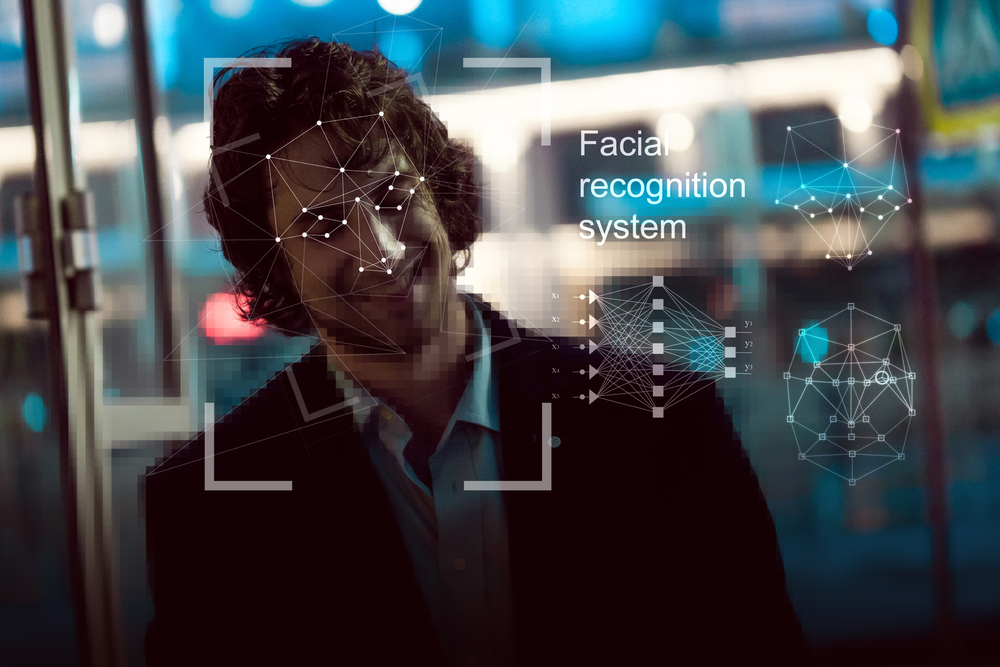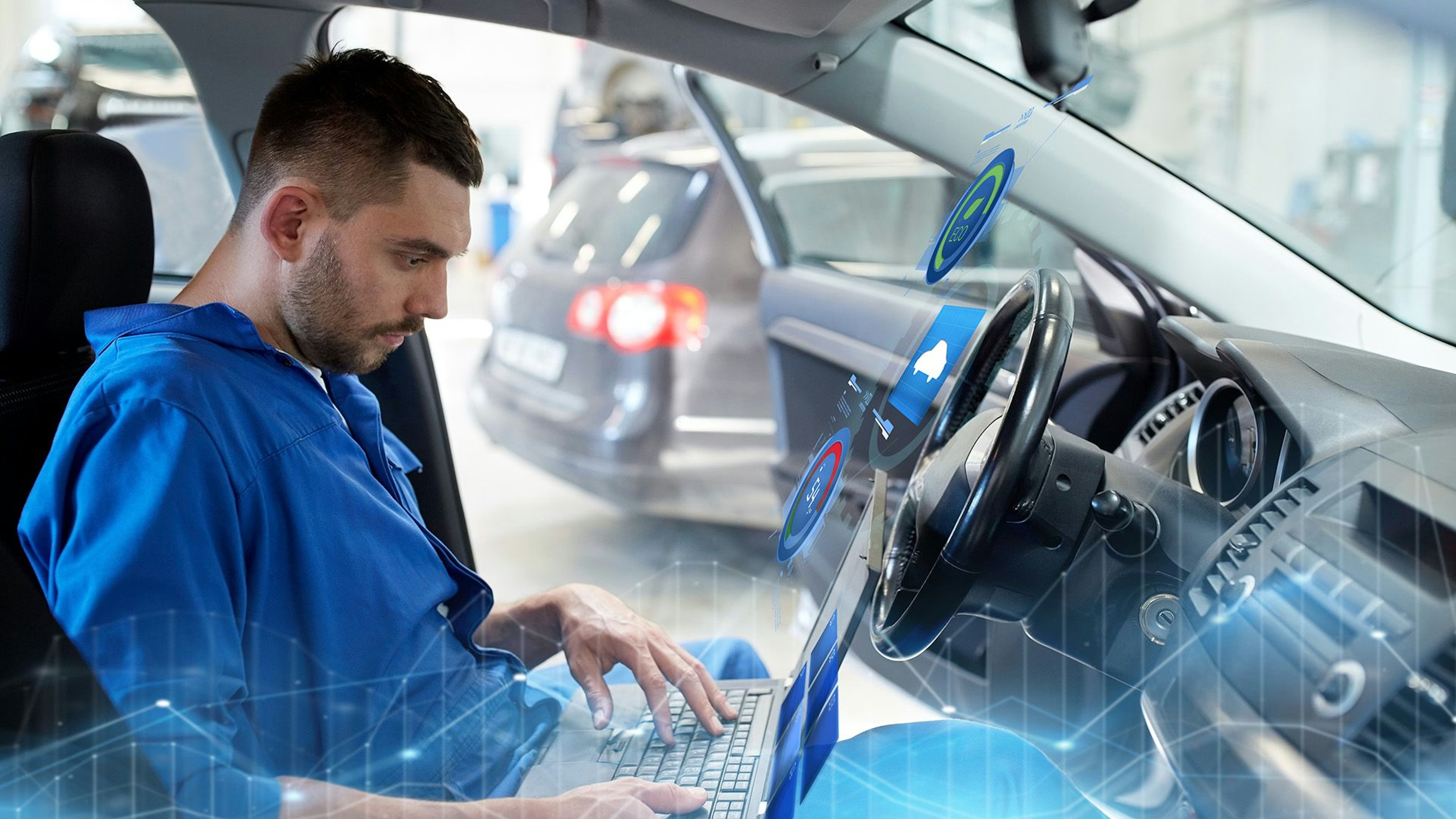Technology trends for the network video industry
Artificial intelligence, edge computing and cybersecurity - these are three of the key technology trends this year that will be important to the network video industry.

The following six trends are having an impact according to Axis 2019 to the network video sector:
Trend 1: Artificial intelligence
The potential of machine and deep learning is huge and could ultimately lead to autonomous systems in the video industry. With Deep Learning-applications, for example, can improve video motion and facial recognition, individual tracking, and false alarm prevention. In addition, as applications evolve, predictive analytics can be used to prevent incidents ranging from terrorist attacks to workplace accidents, traffic problems and shoplifting.
Trend 2: Cloud and Edge Computing
The move from stationary IT infrastructures to the cloud has been seen in almost all areas of public and private life in recent years. The proliferation of connected IoT devices as well as the amount of data created is increasing exponentially in this regard. In addition Edge Computing in relevance. This reduces bandwidth requirements, which is essential as network cameras, audio devices and sensors become more complex and sophisticated.
Trend 3: Personalization versus data protection
The past year 2018 was dominated by the topic of data protection - keyword DSGVO. Whether in the private or business sector: society has become more vigilant and cautious with regard to the disclosure of sensitive, personal data. This will not change in 2019. The industry would be well advised to continue to attach great importance to the topic of data protection in 2019 and beyond. Transparency is important here and creates trust.
Trend 4: Cybersecurity
The complex area around IT security is also a consistent trending topic. Attacks are becoming increasingly sophisticated, and the growing number of networked devices means that potential vulnerabilities and insecure endpoints in the network are increasing exponentially. One vulnerability that has only recently been mentioned is the Supply chainwhere either a lack of security precautions or even deliberately malicious actions can lead to cybersecurity breaches - for both software and hardware components. Continuous updates and patches provided to users for all products and solutions are therefore essential. It is also important in this context that end users perform these updates and understand the security of their system as a process that needs to be checked regularly.
Trend 5: Environmental protection through intelligent technology
Axis, the company says, is also using smart technology to help protect the environment through more efficient use of video technology. For example, video analytics are already being used by companies as an operational planning tool to optimize energy efficiency in offices or stores. Novel sensors thus measure environmental pollution, for example, or localize energy waste by means of thermography.
Trend 6: Integration of sensors
As described above, individual intelligent sensors can contribute to the optimization of everyday working and private life in various areas. In a smart city, sensors merge to form integrated information and data providers that can, for example, provide information about inner-city traffic via motion sensors and connected cameras and thus optimize intersections. In the security sector, too, automatic alarm signals can be sent to the control center via network cameras when incidents are detected. Due to the wide range of sensors - from heat sensors to motion detectors, from atmospheric sensors to video recordings - the combination possibilities as well as the possible areas of application and advantages are almost endless.
Source: Axis









